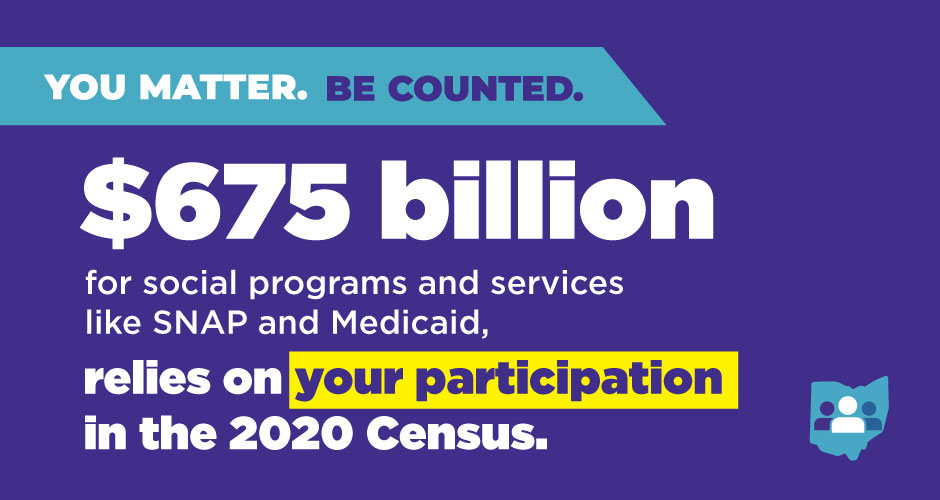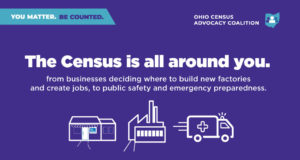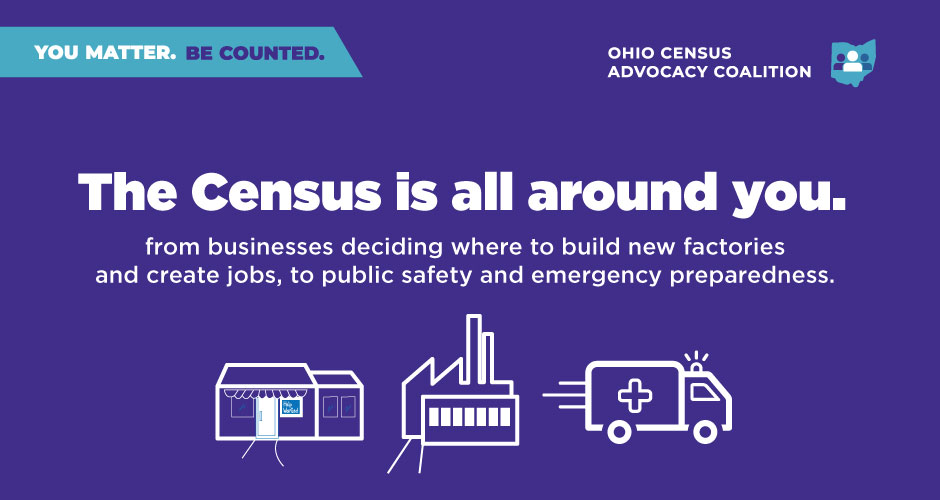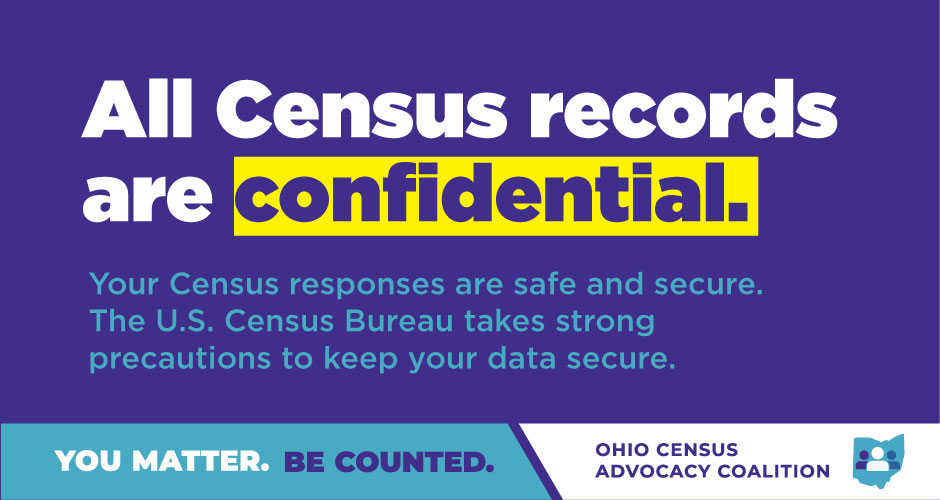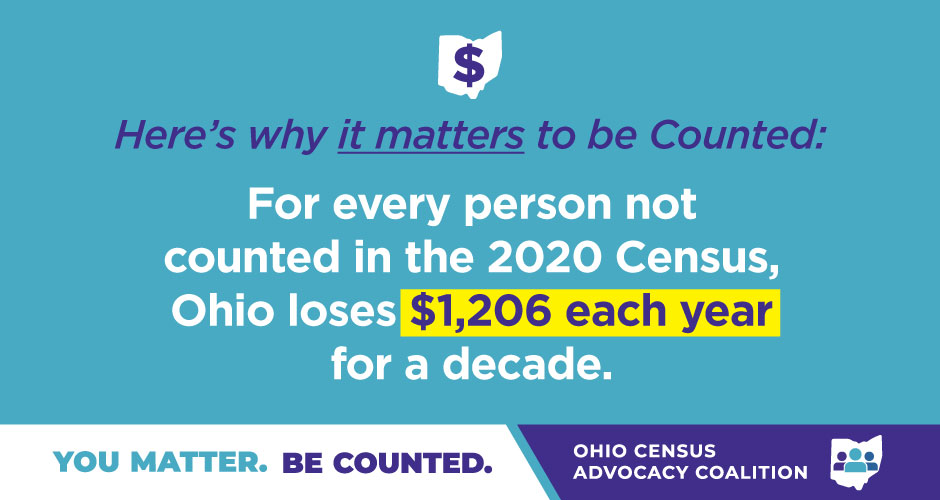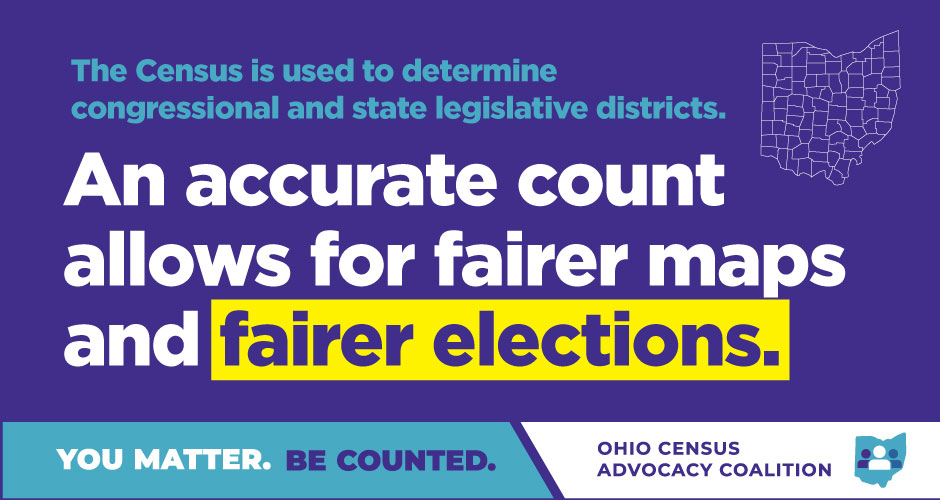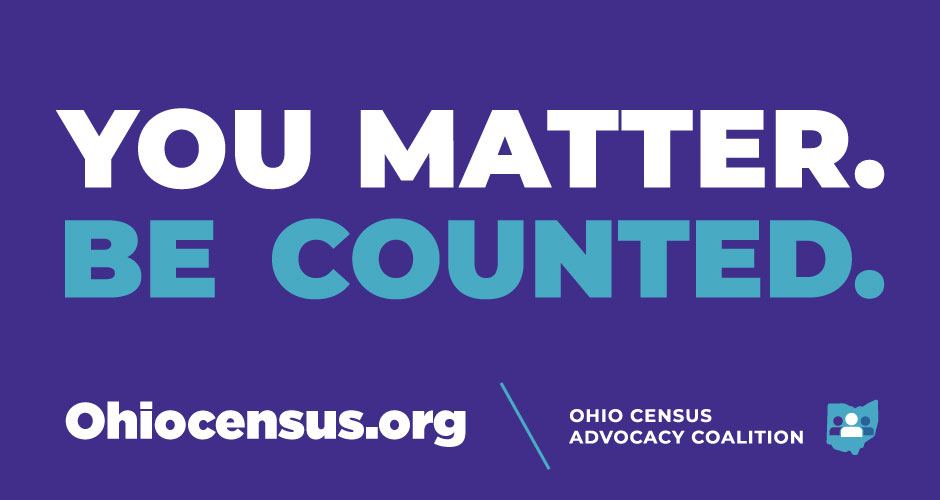
At this time of unprecedented uncertainty, it can seem hard to focus on anything else as we grapple with the coronavirus outbreak. But the 2020 Census remains extremely important for our communities’ long-term wellness and everyone needs to know that virtual and by-mail census operations are still in motion.
You can fill out the Census online or by mail
Your participation in the 2020 Census has impact on you and your community for the next decade, well beyond this crisis, including through community development and political representation.
This is why everyone who can should fill out the census online at https://t.co/jEt72vy3kb https://t.co/BAje4dgAUn
Ari Berman (@AriBerman) March 18, 2020
Completing the Census, either online, on paper, or by phone, does not require any interaction with people outside your household or to leave your house.
Keep an eye on your mailbox for the invitation to participate. The mailer will contain a unique ID tied to your household that will make it quicker and easier for you to complete the questionnaire and for the US Census Bureau to process your answers. The invitation will direct you to my2020census.gov to complete the Census.
How will the Census be impacted by the coronavirus?
Given the current pandemic, the Census Bureau is making adjustments to how they count group quarters (large group living facilities like prisons, shelters, nursing homes, and college dorms), including on college campuses, where many college students have been sent home.
But for the more typical households, completion of the Census should not be impacted by the current situation. While you spend more time from home social distancing, it is a great time to fill out the Census. It should take less than 10 minutes. It may even be a welcomed distraction.
What can I do to help, besides filling out my Census form?
Spread the word by sharing a photo of you with your Census invitation on social media.
My #2020Census finally came!
— Katy Shanahan (@Katy_AOTLoh) March 18, 2020
In fewer than 4 mins, I filled out a form that’ll help shape the future of my community – both in terms of getting the resources we need to thrive, but also to get the fair political representation we deserve as the first step to getting #FairMaps! pic.twitter.com/2E8ipwdzgy

